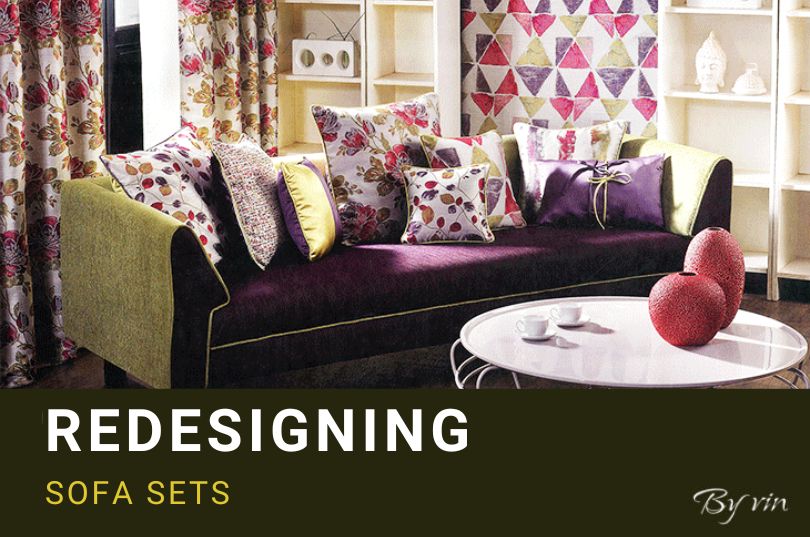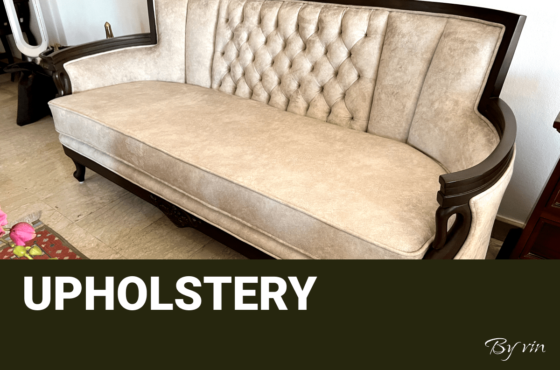Consider These Factors When Redesigning Sofa Sets

Sofa sets play a vital role in both the presentation and functionality of a living room. They aren’t just spaces for relaxation and socializing; they also greatly influence the overall ambiance of your home.
However, you might desire to refresh the appearance, accommodate a growing family, or enhance its appeal. Whatever the motivation, revitalizing a sofa set can transform a living space. With this in mind, the article aims to provide users with a structured approach to evaluate each aspect of the project and make practical decisions to cultivate a cozier living atmosphere.
Purpose of Redesign
There are several common reasons for redesigning a sofa set. Firstly, enhancing comfort is often a top priority. A more comfortable sofa, designed to support body positioning and promote proper posture, can significantly improve quality of life. Similarly, adjusting functionality may be necessary, with contemporary needs often including features such as customizable backrest heights for relaxation or convenient storage options.
Budget Considerations
To establish a budget for the redesign, it’s crucial to determine the initial point of reference. The costs of sofa redesigns vary depending on whether you choose to reupholster the existing set or undertake a more significant change, such as altering the sofa’s frame. Sofa Reupholstery is a relatively cheap way to redesign any sofa. Transform your couch with a fresh appearance and feel without the expense of purchasing a new one. Additionally, reupholstering offers the chance to customize the fabric while preserving the frame untouched.
Alternatively, if the sofa’s frame no longer meets the household’s requirements or is in poor condition, a comprehensive redesign becomes essential. Despite the increased expenses, opting for a full redesign proves to be a worthwhile investment in the long term, particularly if it enhances comfort and aesthetics.
To manage costs effectively, gather quotes from several professionals and assess the length and quality of materials in relation to their initial prices. Additionally, explore simpler strategies, such as engaging with manufacturers who offer more competitive pricing or opting for lower-cost yet durable materials.
Material Selection
Selecting the appropriate materials is the key to Upholstery in Singapore. Selecting materials involves balancing comfort and durability. For instance, leather is known for its durability and ease of cleaning, but it can be expensive and might feel uncomfortable during hot weather. On the other hand, materials like cotton or linen are softer, come in a wider range of colors and patterns, and offer a more comfortable feel.
However, these options require more maintenance and are prone to fading or damage from regular use. Microfiber and other synthetic materials offer a convenient middle ground as they are durable, easy to clean, and soft to the touch. Additionally, the choice of materials should consider factors such as the sofa’s placement, exposure to sunlight, and anticipated level of use and wear. This approach will help ensure the sofa maintains its appearance for years to come.
Ergonomics and Comfort
Ergonomics should be factored in while redesigning a sofa set. An ergonomically designed sofa set helps support the natural curve of the spine, ensures comfortable seating posture, and cushions the user from any discomfort likely to arise from long periods of sitting. This includes the ideal height and depth of the seat, cushioning softness, and backrest angle. Moreover, the seating arrangement should be dictated by the room’s use.
For example, a family room that’s primarily designed for relaxation may opt for a deeper sofa, while a firmer, shallower seat should be in a more formal living room where guests will want to be seated upright. Therefore, through ergonomics integration, the sofa set redesign outcome will be not only pleasant to look at but will also have a positive impact on people who will be using it.
Style and Aesthetics
When redesigning a sofa set, the initial crucial consideration is contemplating style and aesthetics. Aesthetics encompass not only current trends but also must harmonize with your personal preferences and the overall ambiance of your home. During this phase, it’s advisable to explore the most appealing design trends.
Color, pattern, and texture also play pivotal roles in the design process. Opting for a neutral color for your sofa is advisable if it will serve multiple purposes. However, if you’re inclined towards bold choices and enjoy experimenting with vibrant colors and patterns, you can make your sofa the focal point of the room.
Space Planning
Space planning is indeed crucial in sofa redesign projects. The placement of the sofa should not only enhance aesthetic appeal but also optimize the utilization of the room space. To achieve this, begin by evaluating the size of the room. How much space can the sofa occupy without causing overcrowding? By answering this question, you can determine the appropriate size and shape of the sofa that best fits the available space.
Maintenance and Longevity
Finally, it’s essential to understand the maintenance requirements and to take proper care of your newly redesigned sofa. Maintenance practices vary depending on the materials used in the redesign. For instance, leather is excellent for long-term and easy-to-clean furniture but requires regular treatment with special conditioners to prevent cracking or damage.
Fabric sofas may need frequent vacuuming and occasional professional cleaning to maintain their fresh appearance. It’s also advisable to invest in high-quality materials to ensure the sofa’s long-term durability.
In summary, sofa reconstruction is a detailed process involving various considerations, from style and space planning to environmental impact and maintenance. Taking these factors into account from the outset can transform your sofa into a family heirloom that aligns with fashion trends, meets your needs, and minimizes environmental impact.


